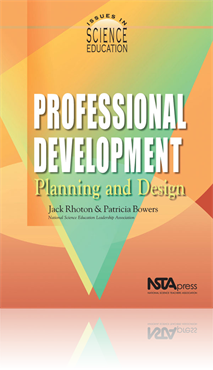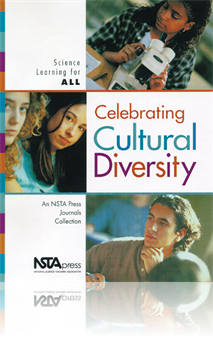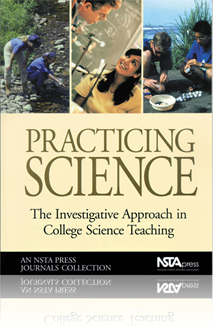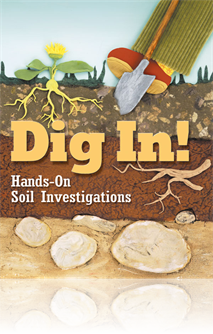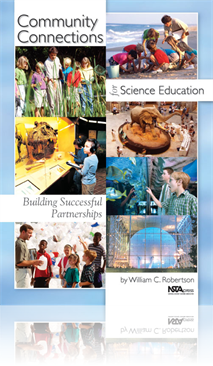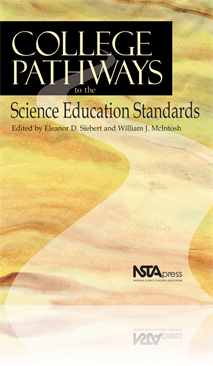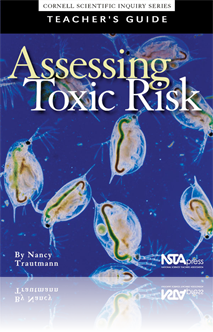All Resources
Journal Article
Drawing on Student Understanding: Using illustrations to invoke deeper thinking about animals.
Students spent a significant amount of time learning about insects, using art and drawing as tools to deepen their understanding. Using artistic expression enhances students' abilities to communicate science explanations, to engage in science as a me...
Journal Article
Editor's Roundtable: Start the new year right
Science Scope’s editor shares thoughts regarding the current issue....
Journal Article
This mobile science outreach project began as an extension of Citylab—a biotechnology learning laboratory for Boston middle and high school students and teachers at Boston University School of Medicine. Quality science education is the mission of t...
Journal Article
How do you light a fire under a class of 36 thirteen and fourteen-year olds and convince them that they want to learn about physics, chemistry, and math so badly that they are willing to give up recess and lunch to learn more? For the author’s stud...
Book Chapter
Standards have become a part of the educational landscape. In this chapter, we survey the origins of national standards; reflect on their power, in particular those in science education; and examine the role professional development must play if stan...
Book Chapter
The Role of the Science Leader in Implementing Standards-Based Science Programs
Although most of the literature of reform and systemic change focuses on policy, programs, and practices that the leaders should be responsible for producing, this chapter will emphasize what is known about how leaders bring about these improvements ...
Book Chapter
Celebrating Cultural Diversity: Science Learning for All—An Introduction
What is a “multicultural” classroom? Classrooms, even if they are filled with non-majority students, are not necessarily multicultural. There are three elements necessary for a truly multicultural science-learning environment: First, the sense th...
Book Chapter
What Should Students Learn About the Nature of Science and How Should We Teach It?
The purpose of this article is to: 1) explicate the central pattern of scientific reasoning, 2) show that the pattern has been applied by scientists to help answer a wide range of scientific questions, and 3) argue that sequencing instruction that ...
Book Chapter
Two natural forces are continuously at work on the landscape—the forces of destruction and the forces of construction. In locations of destruction, the material that is lost through natural events must go somewhere else, and landforms are construct...
Book Chapter
This section introduces students to the animals that depend on soil. In addition to studying the animals students can see, introduce them to Earth's vast invisible life—the billions of microscopic organisms, such as bacteria, protozoa, fungi, and a...
Book Chapter
Soil erosion can be caused by water or wind. Although undetectable at first, the natural process of erosion from water and wind can lead to significant soil losses from agricultural and urbanizing land. In this section, students simulate rain and win...
Book Chapter
Soil is the solid material on Earth’s surface that results from the interaction of weather and biological activities with the underlying geologic formation. Soil is produced from broken down rocks, organic matter (decayed animal and plant life), wa...
Book Chapter
Because you are reading this book, we are going to make the bold assumption that you’re interested in creating, improving, or solidifying a formal-informal partnership in science education. In this chapter, you will discover the opportunities that ...
Book Chapter
The Standards vision guides the discussion in this chapter on science teaching standards for the postsecondary level. The discussion centers on the importance of goal setting, designing experiences to meet students’ needs, assessment, and collegial...
Book Chapter
One of the reasons for studying toxicology at the high school level is its relevance to everyday life. On a daily basis we are confronted with news reports about toxic chemicals in our food, water, and environment. How do we decide which of these are...





